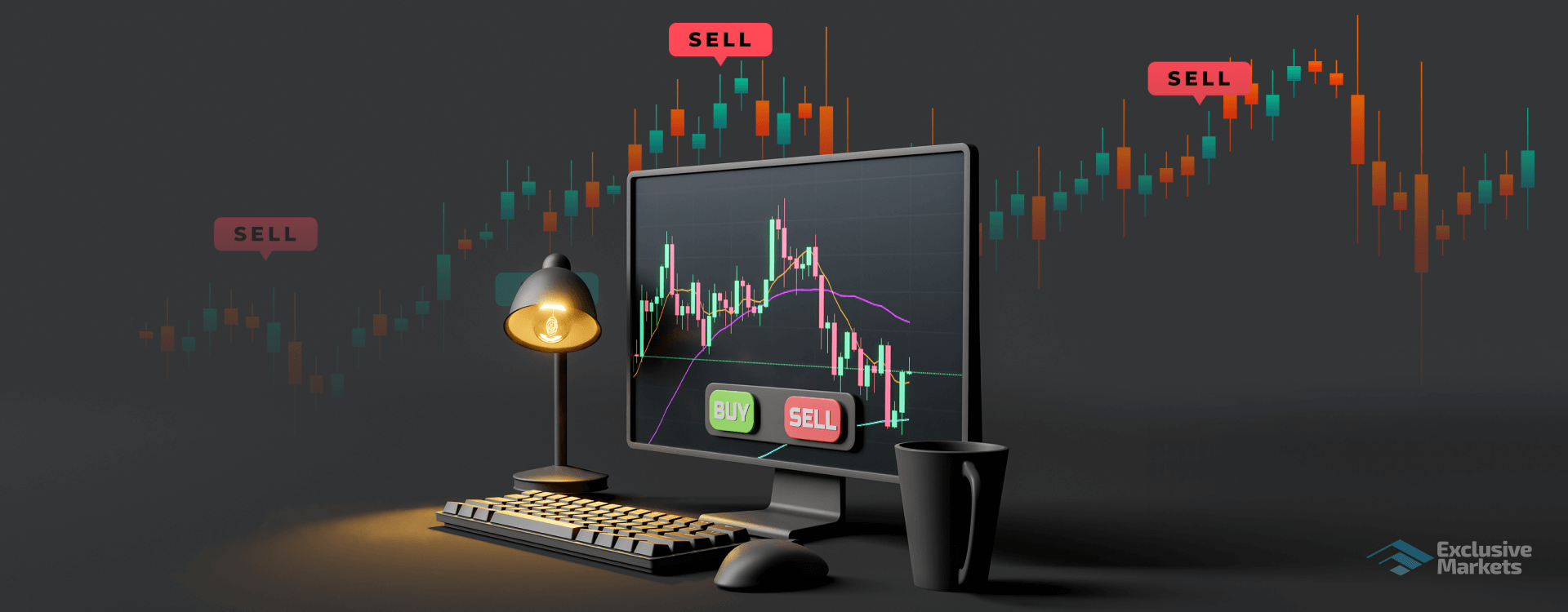
What is Forex Trading?
Forex trading is the act of buying and selling currencies to profit from changes in exchange rates. It’s the largest financial market in the world, with a daily trading volume exceeding $7 trillion (as of 2023).
How It Works?
- Currencies are traded in pairs (e.g., EUR/USD, GBP/JPY).
- When you trade a currency pair, you’re buying one currency and selling the other.
- The goal is to profit from the movement in exchange rates.
For example, if you buy EUR/USD at 1.1000 and sell it at 1.1050, you gain 50 pips.
Market Hours
- Open 24 hours/day, 5 days a week.
- Major trading sessions: London, New York, Tokyo, Sydney.
Key Components
- Major Pairs: Involve USD and are the most liquid (e.g. EUR/USD, USD/JPY).
- Leverage: Allows traders to control large positions with a small amount of capital (high risk!).
- Pips: The smallest price move in a currency pair.
- Lots: Standard trade size (Standard = 100,000 units, Mini = 10,000, Micro = 1,000).
Analysis Types
- Technical Analysis: Charts, indicators (RSI, MACD, Moving Averages).
- Fundamental Analysis: Economic indicators, news, interest rates, geopolitics.
- Sentiment Analysis: Market mood or trader behavior.
Risks
- High volatility = High profit potential but also high loss risk.
- Leverage magnifies both gains and losses.
- Risk management (stop loss, position sizing) is crucial.
Benefits
- High liquidity
- Low entry barriers
- 24/5 trading
- Variety of tools and platforms (e.g., MetaTrader 4/5)
To get started with Forex Trading click here.
